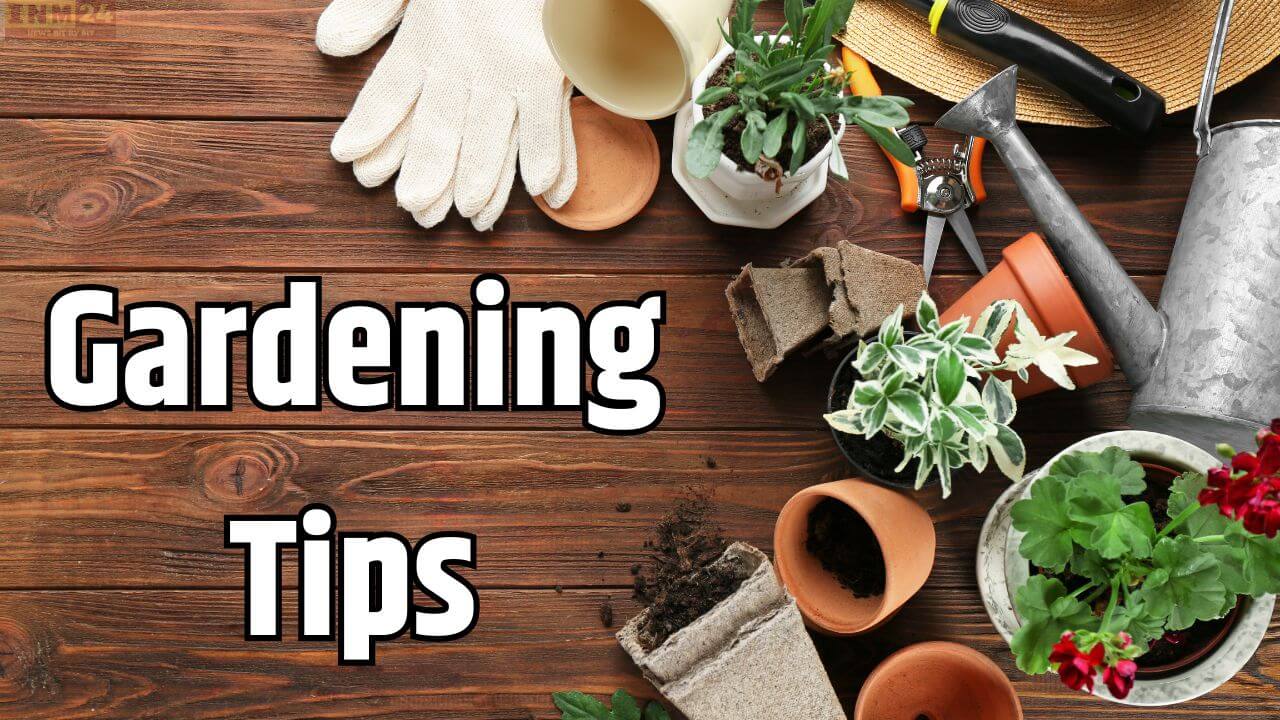In today’s world, with the rising population and urbanization, space in homes is becoming increasingly limited. Many people find themselves lacking adequate space for gardening due to these constraints. However, worry not! You can cultivate fruits and vegetables in your home through vertical gardening.
Gardening Enthusiasts: For many, gardening is a delightful pursuit that holds its own unique charm. Engaging in gardening is a step towards connecting with nature. However, one common challenge faced during gardening is the scarcity of space. If you aspire to garden but have limited space in your home, vertical gardening is an excellent solution to grow fresh produce efficiently.
Vertical gardening becomes particularly challenging for apartment dwellers, as balconies or rooftops may not provide enough space for abundant fruit and vegetable cultivation. Adequate sunlight and proper airflow are essential for all types of plants, and limited space often hinders the availability of these necessities. If you’ve faced this dilemma, worry not! Vertical gardening allows you to easily cultivate certain plants in compact spaces. In this article, we’ll explore what vertical gardening entails, the benefits it offers, and suggest some plants suitable for this innovative gardening method.
What is Vertical Gardening?
Vertical gardening is a technique where fruits and vegetables are grown on vertical surfaces such as walls, fences, or other upright structures. It serves as a wonderful option for those lacking garden space.
Benefits of Vertical Gardening
- Space Saving: This technique allows for the cultivation of more fruits and vegetables in less space.
- Aesthetic Appeal: Vertical gardening can enhance the beauty of your home, creating an attractive and appealing environment.
- Fresh and Healthy Produce: Enjoy fresh and healthy fruits and vegetables harvested from your own vertical garden.
- Easy Maintenance: Vertical gardens are relatively easy to care for. Plants Suitable for Vertical Gardening:
Fruits: Strawberries, Cucumbers, Tomatoes, Bell Peppers, Bottle Gourd, Watermelon, Cantaloupe.
Vegetables: Spinach, Fenugreek, Coriander, Mint, Cilantro, Turnips, Peas, Beans, Okra, Garlic, Onions.
Getting Started with Vertical Gardening
- Choose a location with ample sunlight and good air circulation.
- Select fruits and vegetables suitable for your climate and available space.
- Use various structures made of wood, metal, or plastic to support your plants.
- Plant your crops using seeds or seedlings.
- Water regularly, fertilize, and protect your plants from pests and diseases.
Additional Tips for Vertical Gardening
- Strengthen Your Structure: Ensure your vertical structure is sturdy enough to support the weight of your plants.
- Provide Adequate Sunlight: Most fruits and vegetables require at least six hours of sunlight daily.
- Regular Watering: The amount of water needed depends on the type of plants and the climate.
- Fertilize Regularly: Keep your plants healthy and productive with regular fertilization.
- Pest and Disease Management: Monitor your plants regularly and take appropriate measures if pests or diseases are detected.
Vertical gardening is a versatile and efficient way to grow fruits and vegetables, even in confined spaces. By adopting this innovative approach, you can turn your limited space into a flourishing garden. Happy gardening!
